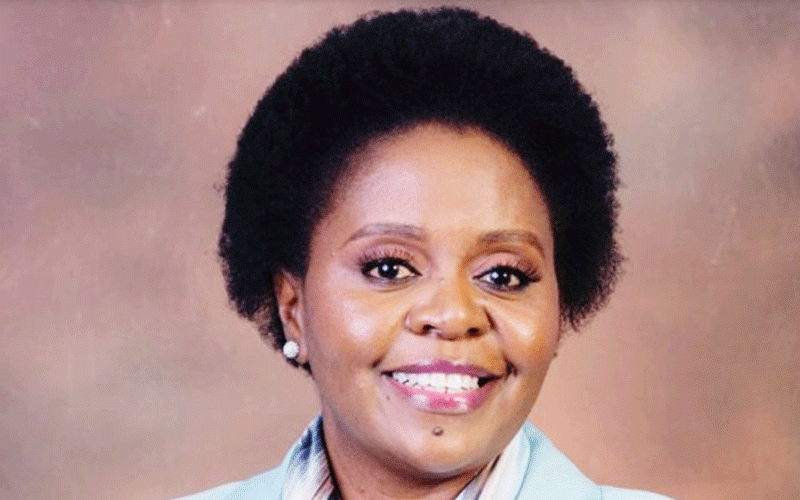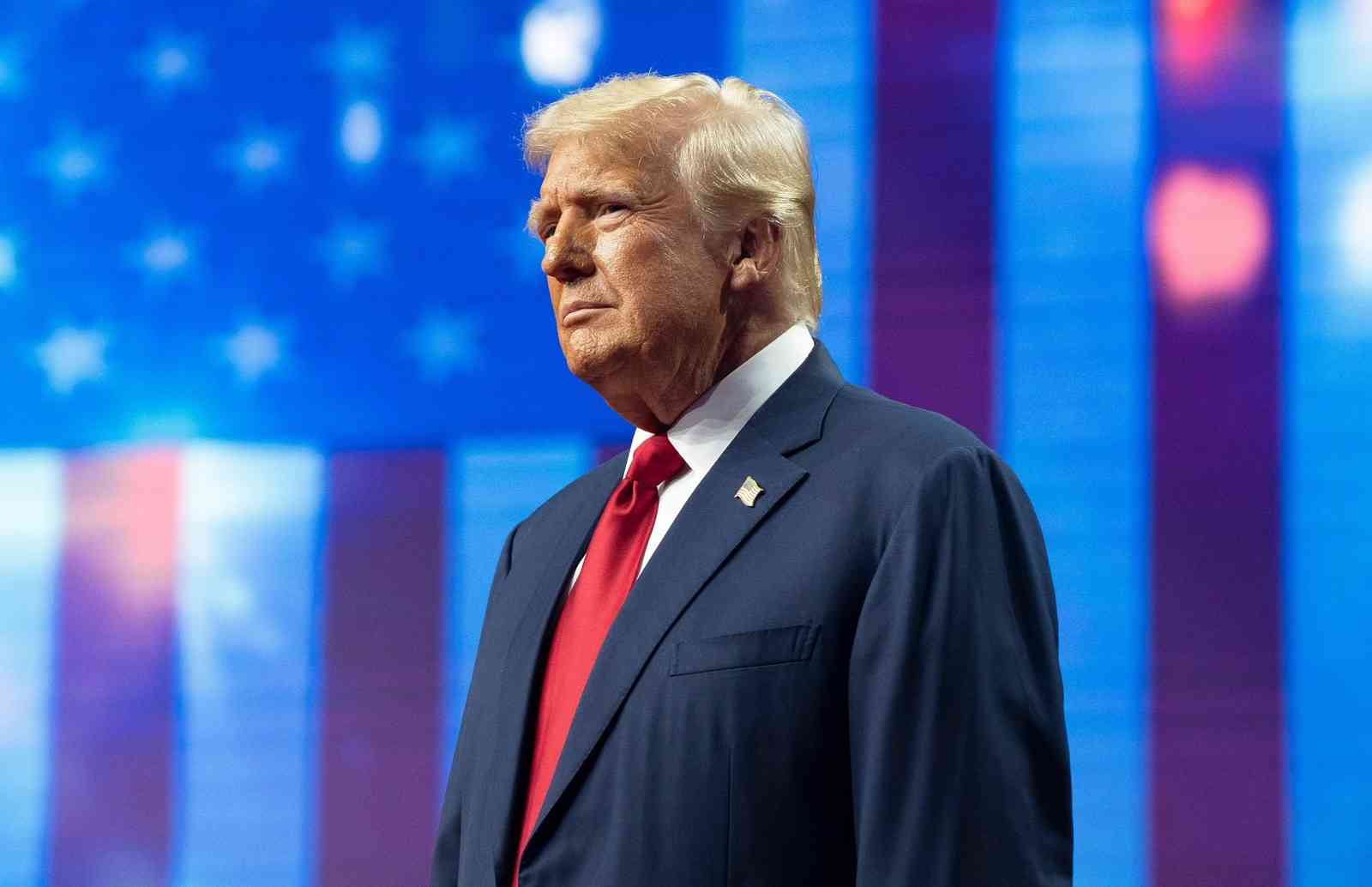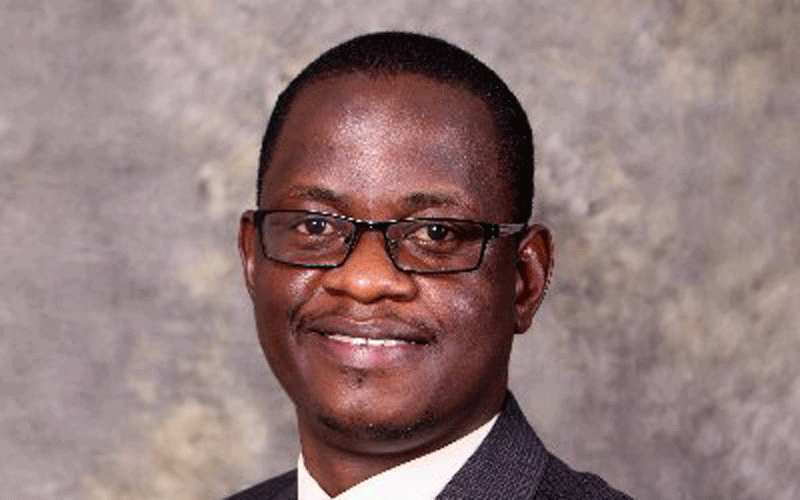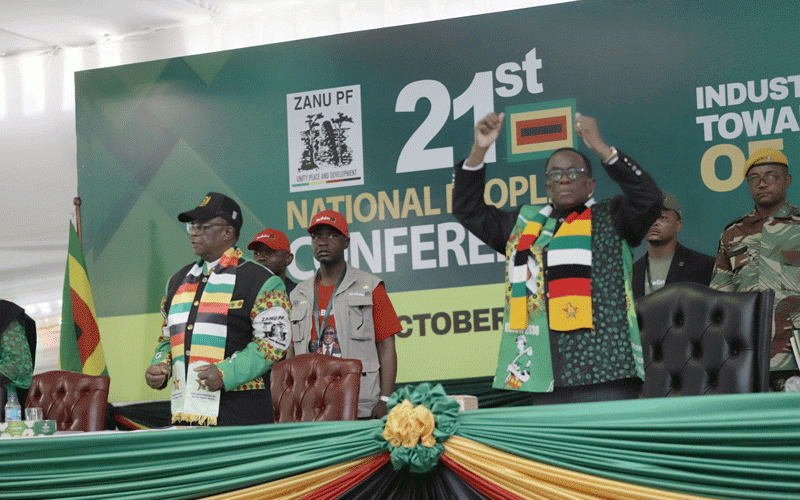
The Zimbabwe Investment and Development Agency (Zida) is looking for more than US$60 billion worth of investment into various sectors of the country’s economy, including infrastructure development.
The investment promotion agency is seeking US$30 billion worth of investment into the infrastructure sector.
This money will upgrade the country’s road and rail infrastructure.
In the health sector, a total of US$3 billion is needed, while urban and zone developments require in excess of US$30 billion.
The tourism sector, which has become a low hanging fruit, also needs about US$3 billion.
These figures are, however, subject to change according to Zida chief investment promotion officer Silibaziso Chizwina.
“We have gone through a very thorough process as Zida. I think some of you have seen how we have broken the country down into provinces,” Chizwina told journalists during a media stakeholders’ engagement workshop in Harare last Wednesday.
“I mean, following through on the devolution ideology that we are working with as a whole of government, we have looked at the country as an initial destination, Zimbabwe.
- Letters: Policy inconsistencies driving out, frustrating foreign investment
- Chissano to lead Zim re-engagement drive
- Promoting investment to power Africa’s single market
- Lithium exports to surpass gold, says Zida chief
Keep Reading
“We've broken it down into the provinces.
“We've even gone to the ground with the provincial heads, the secretaries, the district heads, the municipal authorities, and we've made them understand that they have to market the provinces at provincial level.”
Chizwina said provinces should position themselves, understanding their competitive and comparative advantages to package their products.
“We are focusing on certain sectors.
“There are certain sectors that we have identified to be critical and that we think are quick wins for the country in the current setup of the world,” she said.
“When we've done this and we've broken the country down and we looked at the provinces, we then took into consideration what each of the ministries had on their books and we calculated or we came up with an estimated value or figure that we will break down further in our prospectus.”
She added: “But this is an overall figure to say that when we're going out there right now, we're looking for US$30 billion of investment into the infrastructure environment.
“We're looking for investors who will upgrade our road and rail, 12 000 kilometres of road and rail that need to be upgraded.
“And then in the health sector, there's about a US$3 billion space to fill with all those potential investment scenarios.
Into urban development and infrastructure and zones development, there's about US$30 billion worth of space to be filled and we break it down again.
“Tourism, very important at the present moment, our ability to absorb additional tourists is about US$3 billion.
“So, those are the spaces that we now need to find investors to fill and these are the projects that we are packaging as Zida. We then said in 2023, this is our focus area.”
Zida revealed that it had received actual investments of about US$600 million in the first half of this year, made up of foreign-sourced capital equipment, equity, loans, and domestic assets.
According to the investment promotion agency’s first quarter report, capital equipment from abroad accounted for US$64,45 million of total investment recorded in the first quarter, equity added US$26,86 million, loans US$2,41 million, and local assets came in with US$60,77 million.
Local assets included local funds and raw materials.
In the second quarter of this year, the agency reported an actual investment of US$445 million.
Figures for the first quarter last year were not available, but for the whole of 2022, the country realised a total of US$2,33 billion, comprising capital equipment worth US$431,65 million.
Equity added US$346,90 million and foreign exchange injection, while loans made up US$1 103 billion of the injection.
Local assets added US$462,80 million which included local funds and raw materials.
This year, Zida is targeting US$4 billion of committed investment, further broken down as foreign direct investment (US$1,5 billion), domestic direct investment (US$0,5 billion) and reinvestment (US$2,0 billion).
Zida chief executive officer Tafadzwa Chinamo said in terms of sectors, mining outstripped any other investment area.
“Other sectors have not done badly and manufacturing is also doing quite well,” Chinamo said.
“In terms of amounts also, because mining tends to be capital intensive, it tends to dominate also in terms of the values for that reason.”
He urged local investors to register with Zida so that the agency can have up to date information in terms of total domestic direct investment.
The Zida CEO said investors were coming from more than 30 countries, including China.










